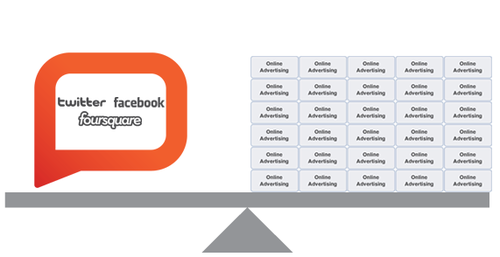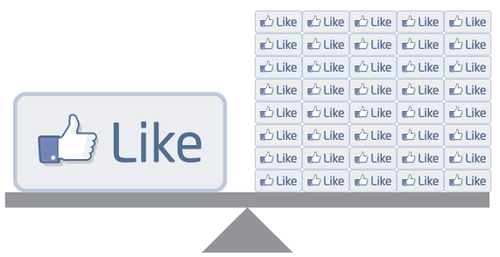We're very fortunate to hold much of our casting in the Detroit area, which gives us a diverse mix of very talented actors. So, call it an embarrassment of riches that I end up spending a great deal of time listening to auditions, looking for just the right voice.
I start each audition without listening for anything specific; I simply listen to the voice. Often times this gets me to the natural fit - the people whose auditions were exactly what I was looking for. You set the tone and voice of your ad, and these are the actors that understand the character simply by reading it. I always love working with the natural fit because it generally leads to a very smooth, simple recording session with excellent results.
But sometimes no one meets me in the stream of consciousness, so I dig a little deeper. Radio ads are all about feeling and emotion, so I listen for who is capable of eliciting them through their undirected audition. These are the people who are able to set the tone, and even if their read is off by a little bit, they can draw out an emotional response.
Even actors get caught on certain words and phrases, so I pay close attention to how they deliver the ads' key messages. If they have the tone I want but get caught on a line, I'll ask for a second read and provide some direction.
I recall a story I once read about how Carly Foulkes, the T-Mobile spokeswoman, first struggled on the American English pronunciation of "mobile," but she fit the role so well that she was hired and coached, and has now been the spokeswoman for years. A little direction goes a very long way.
Radio spots are organic, and there's a lot of room for the ad to grow when you have an actor that truly understands how to act.
The voice needs to speak to the market your ad is targeting. It gives them something to relate to, so they have a reason to listen to what your ad has to say.
So, to sum it up in a random, completely unsolicited metaphor: If a radio ad's content is king, the voice is his chariot.



